You want to get started, but your aerial work platform isn't responding? This is a common scenario – especially with rental equipment or during its first use. The good news: In most cases, it's not a defect, but a simple operating error or a blocked safety feature. This guide will show you step by step how to find the cause, what immediate measures can help, and when it's best to call in a professional.
Why aerial work platforms have starting problems
Aerial work platforms are highly sophisticated machines with numerous safety mechanisms . Even minor deviations can cause them to lock up – and for good reason. The platform should only start when all conditions are safely met. The most common causes of problems are:
- forgotten or deactivated safety switches
- lack of energy supply (battery, diesel, power connection)
- Overloading of the work basket
- Incorrect operation of the control station or driving mode
- Safety features such as tilt sensor or support
- genuine technical defects in electronics or hydraulics
Typical sources of error and their solutions
Proceed systematically and check these points before you consider a defect:
1. Check power supply and emergency stop
For electric lifts, the battery must be charged, connected, and free of corrosion. Check for loose or dirty contacts – they are one of the most common causes of malfunctions. For diesel lifts, an empty tank or a failed preheating cycle is often sufficient. Also: Check the emergency stop switch – it must be pulled out, otherwise the entire control system will be locked.
2. Observe overload protection
Each platform has a defined load capacity (usually 200–450 kg). If this is exceeded, the overload protection will activate. Remove tools or materials until the permissible weight is met. Even a few kilograms too much can disable the control system.
3. Choose the correct steering position
Most stages have two control stations: one on the ground and one in the basket . Only one is active at a time. Make sure the correct mode is selected and all safety devices (foot pedal, release button) are engaged. Often, the problem lies here.
4. Keep an eye on security features
Work platforms have additional sensors that block the platform in case of danger:
- Tilt sensor: If the stage is tilted, it cannot be moved.
- Basket or door contacts: If the door is not closed, the control remains inactive.
- Support systems: For truck or trailer platforms, the support system must be correctly extended.
Check these points carefully – they are among the most common causes of supposed defects.
5. Battery problems with electric stages
During extended periods of inactivity, the battery can become deeply discharged. Cold temperatures also significantly reduce its performance. Check the charge level, the plug connections, and the terminals for corrosion. Tip: Always recharge after use – especially in winter.
6. Diesel and engine problems
With diesel-powered stages, the problem often lies in the fuel system. Check the fuel level, fuel filter , and glow plug system . If the filter is clogged or the engine oil level is too low, the engine won't start or will run roughly. Never experiment with starting fluid – this can damage the engine.
7. Check the hydraulic system
A frequently overlooked issue: insufficient hydraulic fluid or air in the system. Check oil levels, hose connections, and for leaks . "Bubbling" noises or jerky movements may indicate air in the system. In this case, contact a service center immediately – DIY repairs are strictly prohibited.
8. Pay attention to electronics and displays
Many stages display errors via screens or lights. Note down or photograph the message – this facilitates analysis by the rental company or technician and saves valuable time.
Special features of different stage types
Not every work platform reacts the same way. Depending on the design, there are typical causes for starting problems:
- Scissor lifts: Often jam on uneven ground – the tilt sensor kicks in.
- Telescopic platforms: They are sensitive to wind loads and overloading in the basket.
- Trailer-mounted platforms: Will not start if the outriggers are not fully extended.
- Truck-mounted platforms: Problems often arise from forgotten driving positions or engine protection systems.
When the stage stops mid-performance
Sometimes the problem doesn't occur at startup, but during operation. Typical scenarios:
- Stage stops at a certain height: Remain calm, contact us via radio or telephone. If necessary, use the emergency lowering system .
- Sudden loss of power: Battery empty or tank almost empty – lower carefully and check the power source.
- Hydraulic noises or smells: Stop immediately and abort the operation – risk of damage or leaks.
Special features of rental stages
If you rent a stage, additional rules apply:
- No self-repairs: Interventions may only be carried out by the landlord.
- Report immediately: Contact the landlord without delay – often a 24-hour emergency service is available.
- Documentation: Photos and error descriptions help with a quick solution and protect you legally.
Prevention: How to avoid starting problems
Many problems can be prevented before deployment. This checklist will help you:
- Check battery or fuel level
- Check emergency stop switches and safety devices
- Visual inspection for damage
- Check the substrate and supports
- Perform a short functional test without load
This routine only takes a few minutes, but ensures a smooth process.
Long-term tips for trouble-free operations
- Battery maintenance: Charge regularly, especially in winter.
- Clean working practices: Do not place unnecessary loads in the basket.
- Regular training: Keeping operators fit – many problems arise from lack of knowledge.
- Adhere to maintenance guidelines: Even rented equipment must be used and inspected properly on site.
Conclusion: React quickly, continue working safely
Most starting problems are harmless and easy to fix. With systematic troubleshooting and some basic knowledge, you can avoid breakdowns or resolve them quickly. For serious defects, safety takes precedence over speed – repairs should always be handled by professionals.
BIBERGER supports you with rental service, maintenance and technical support for all common brands – so that your projects remain safe and predictable.


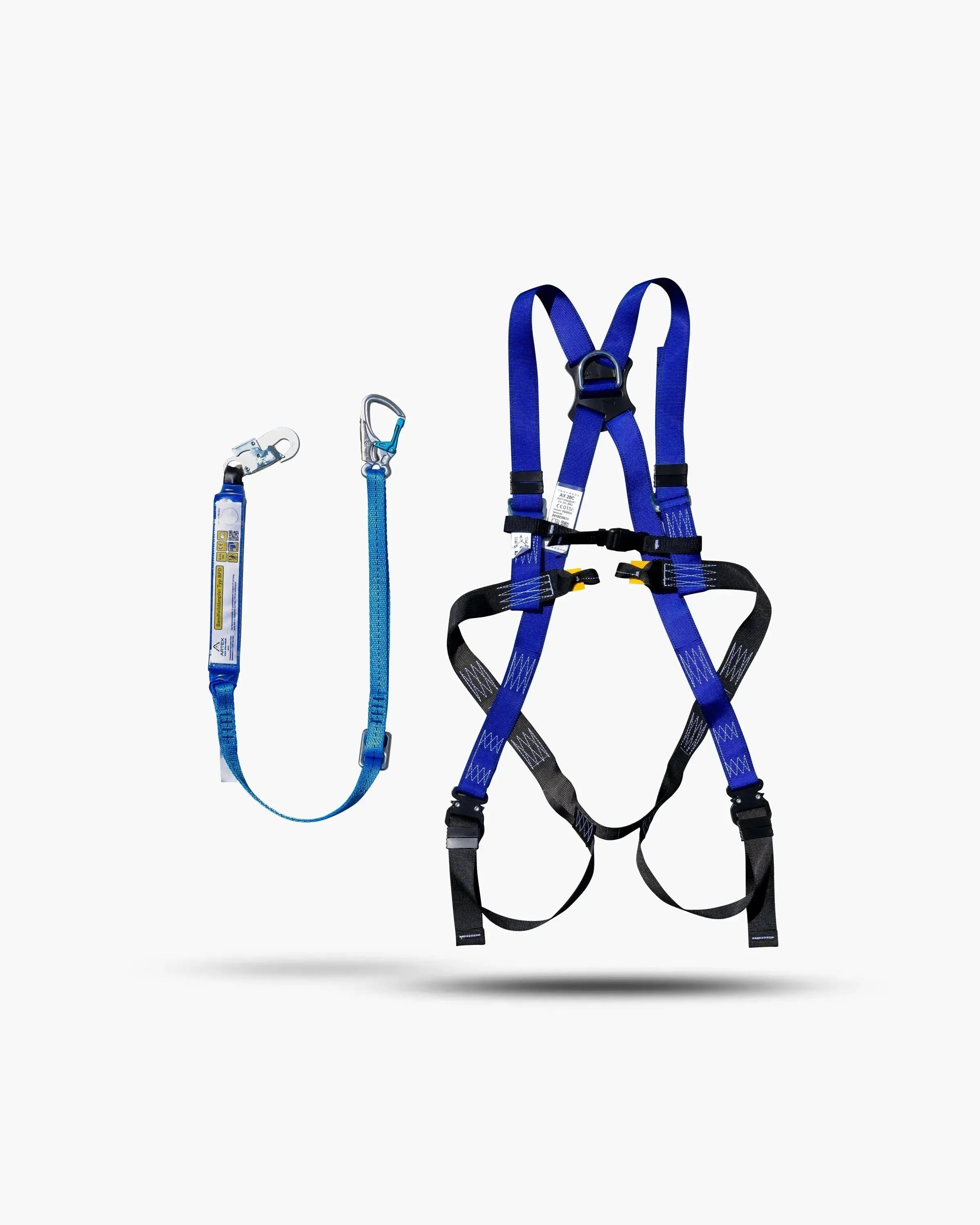


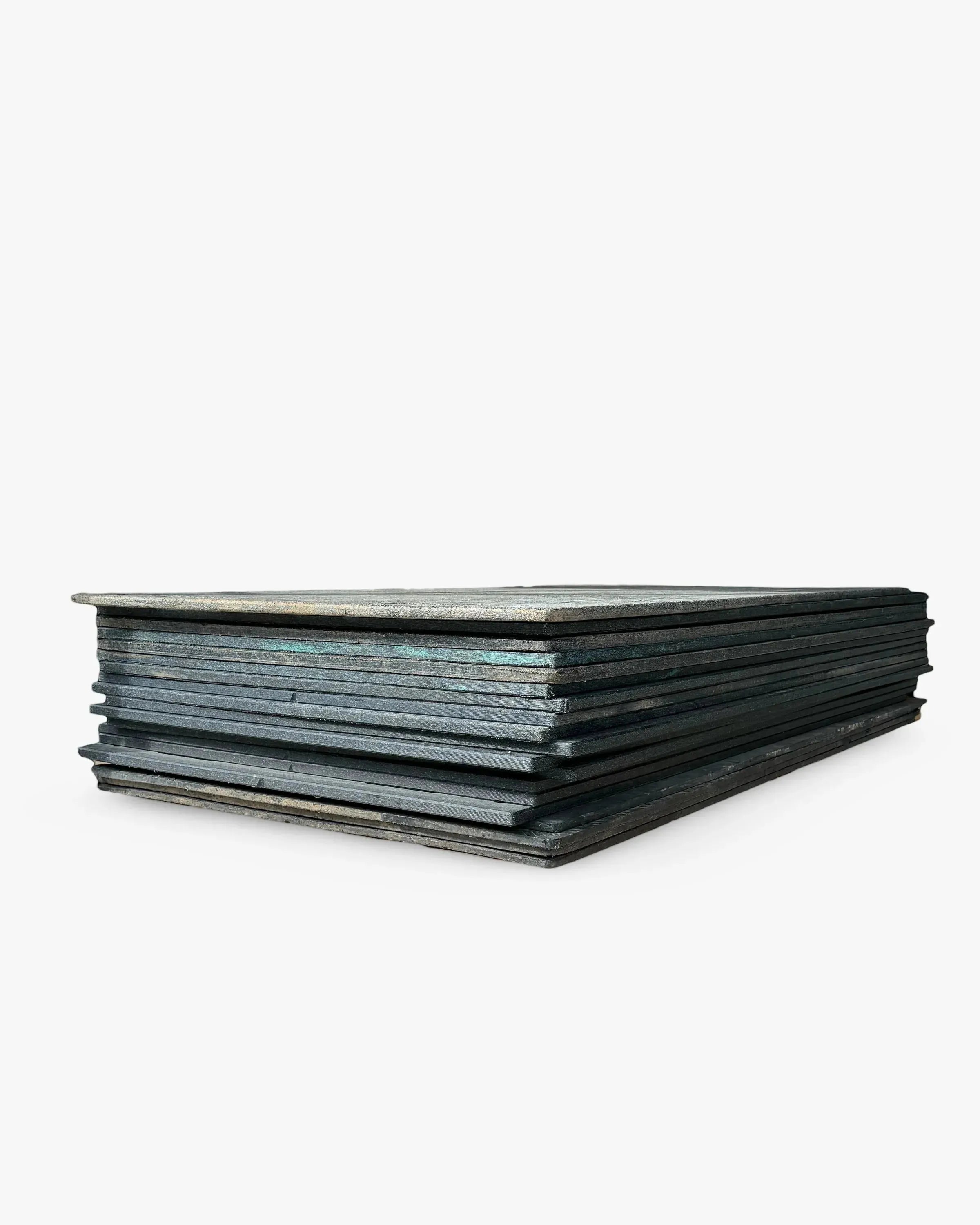

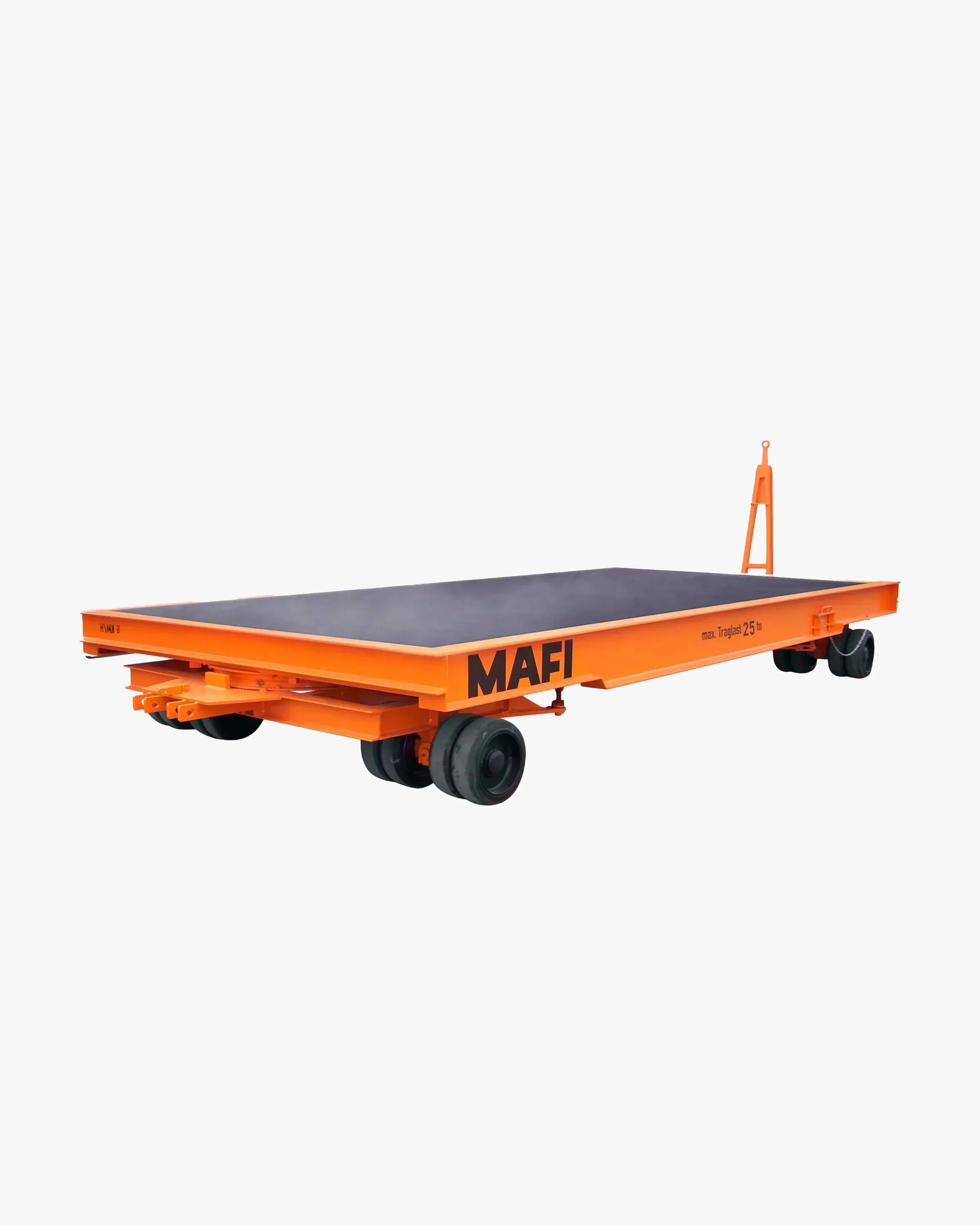
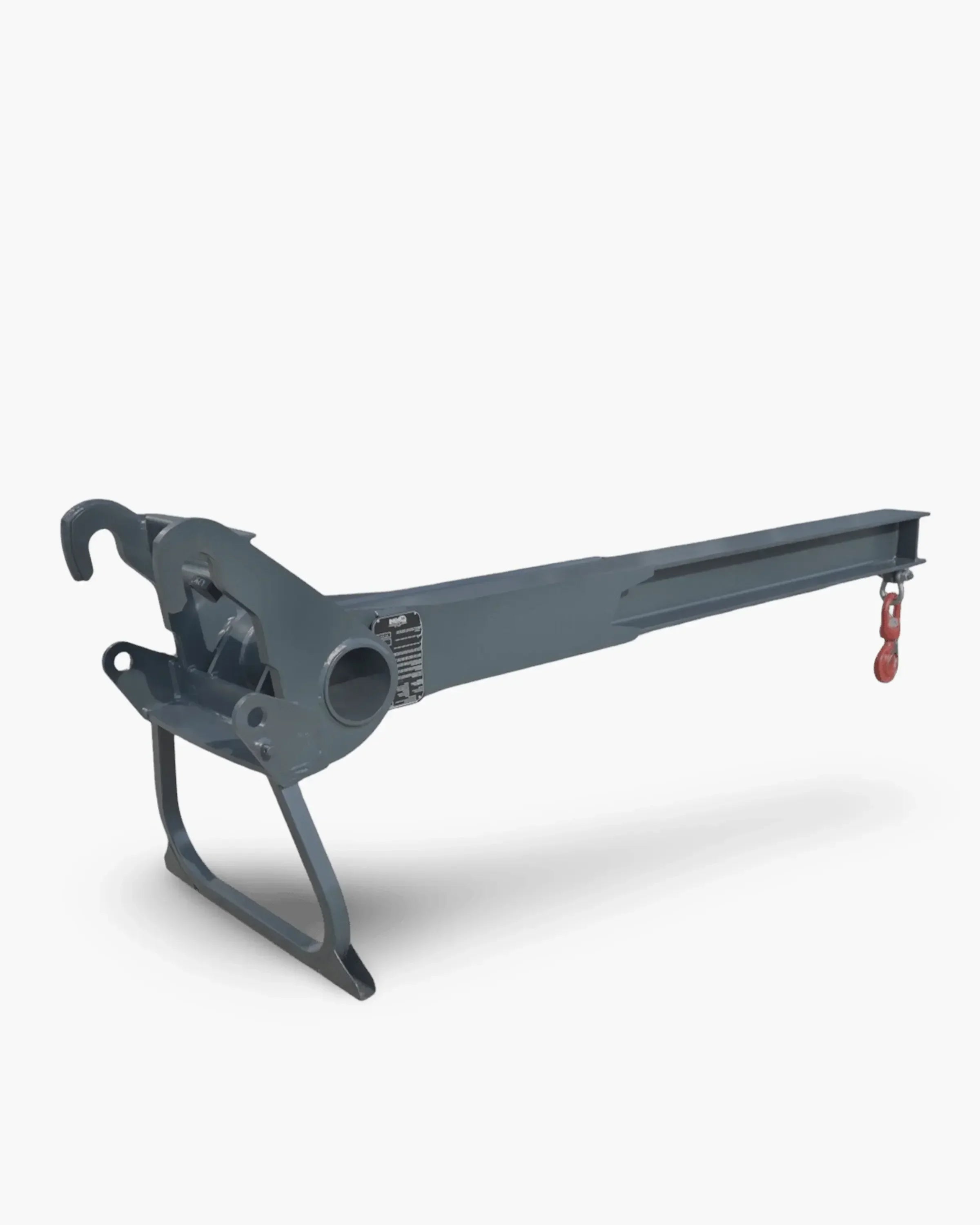
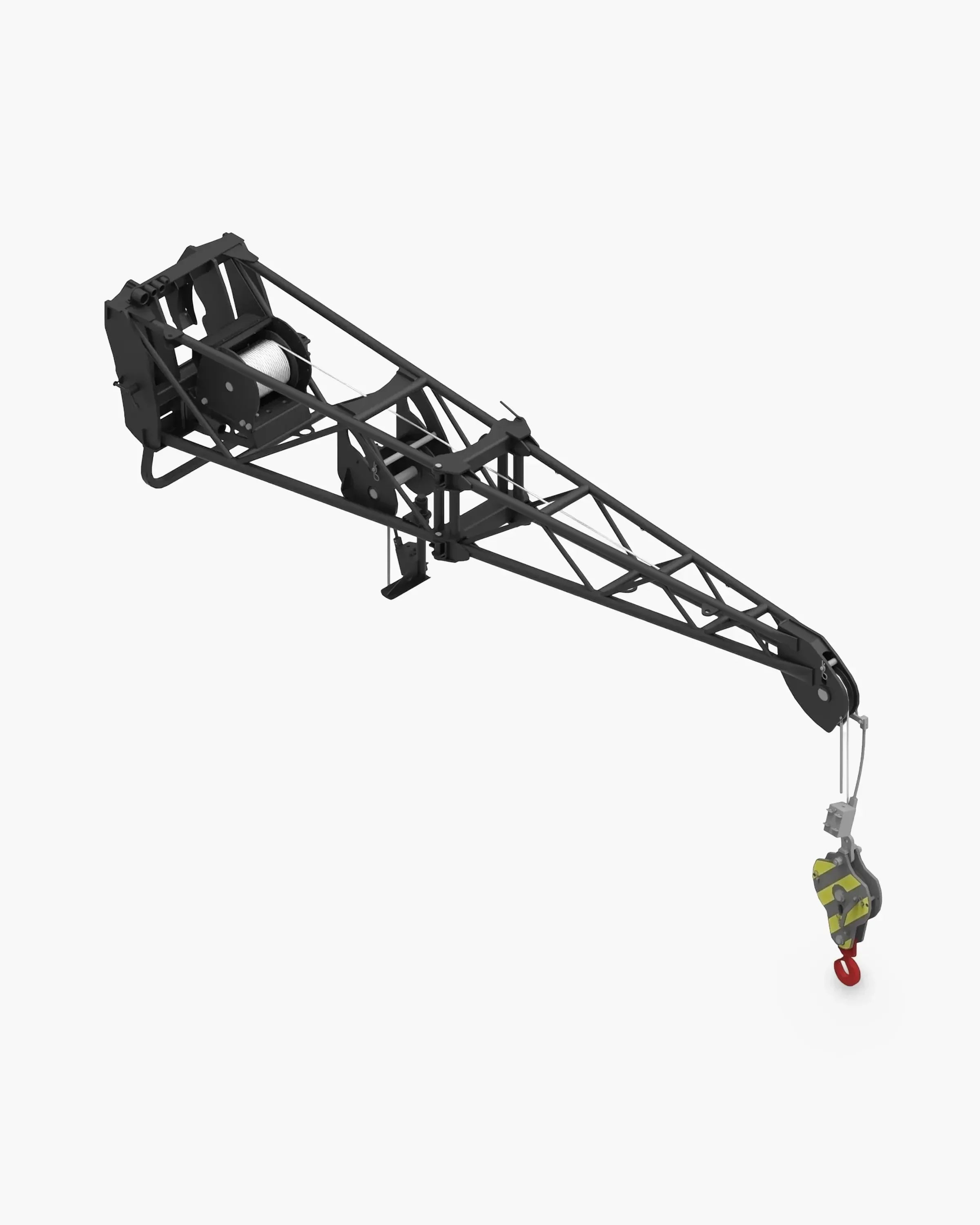
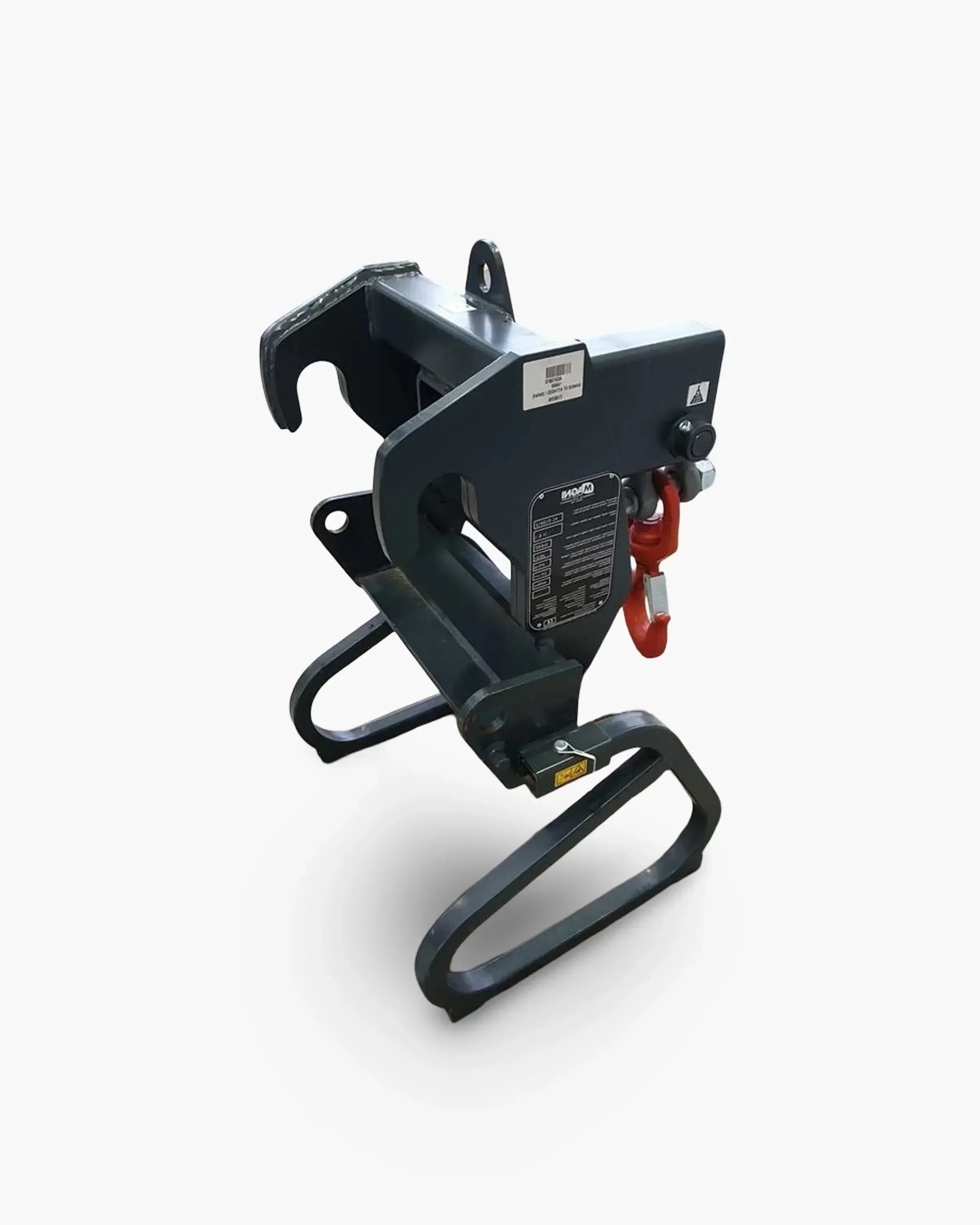

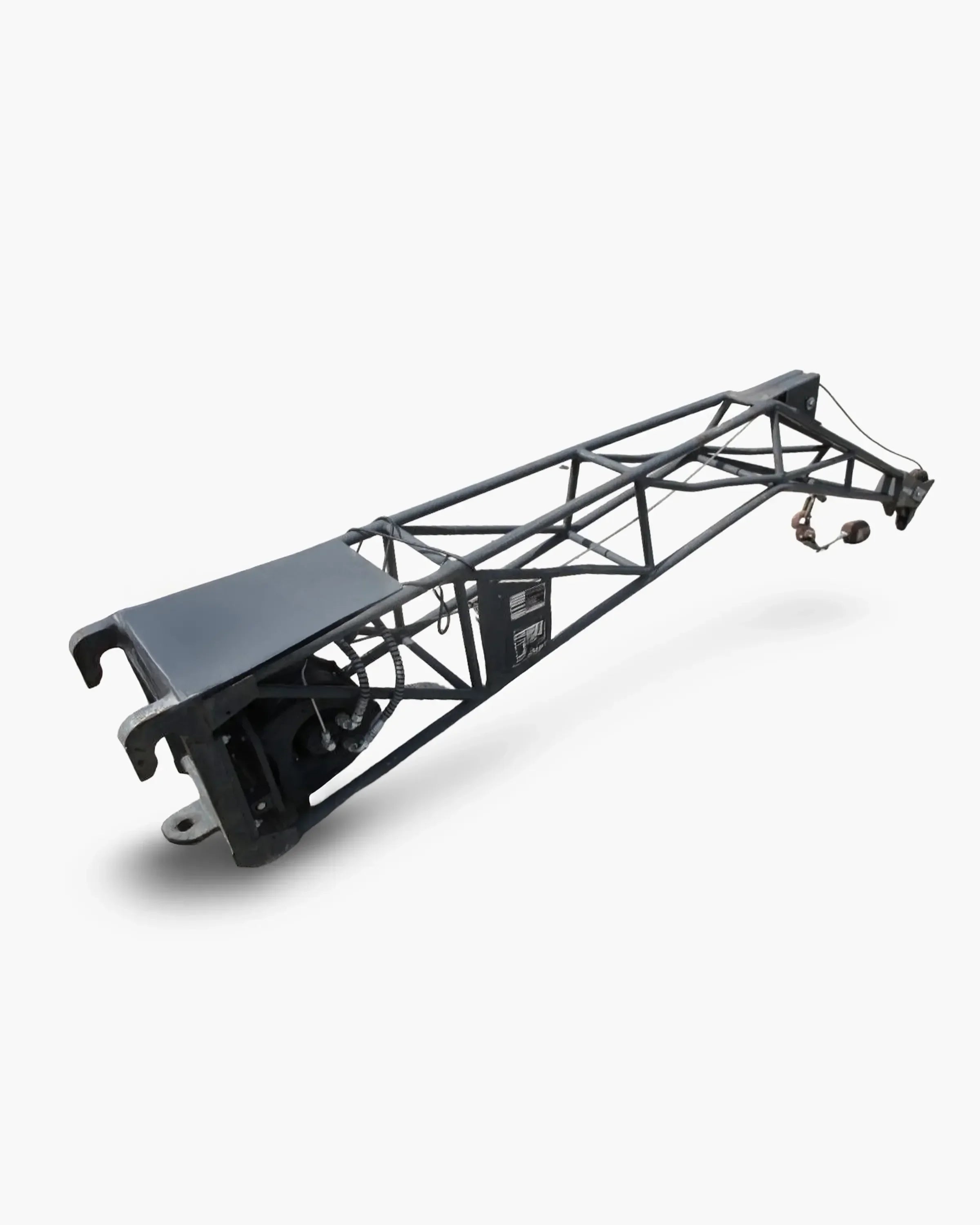
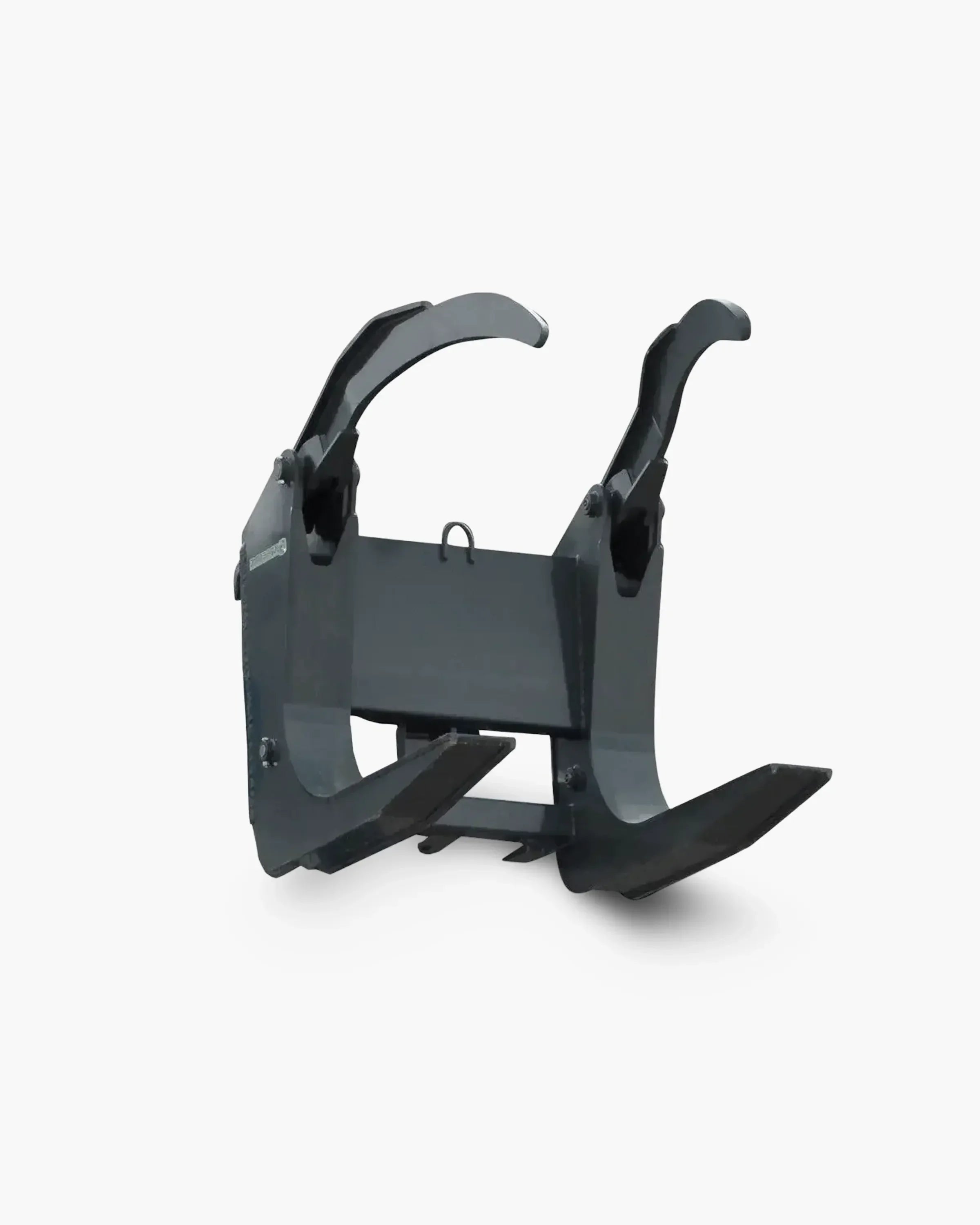
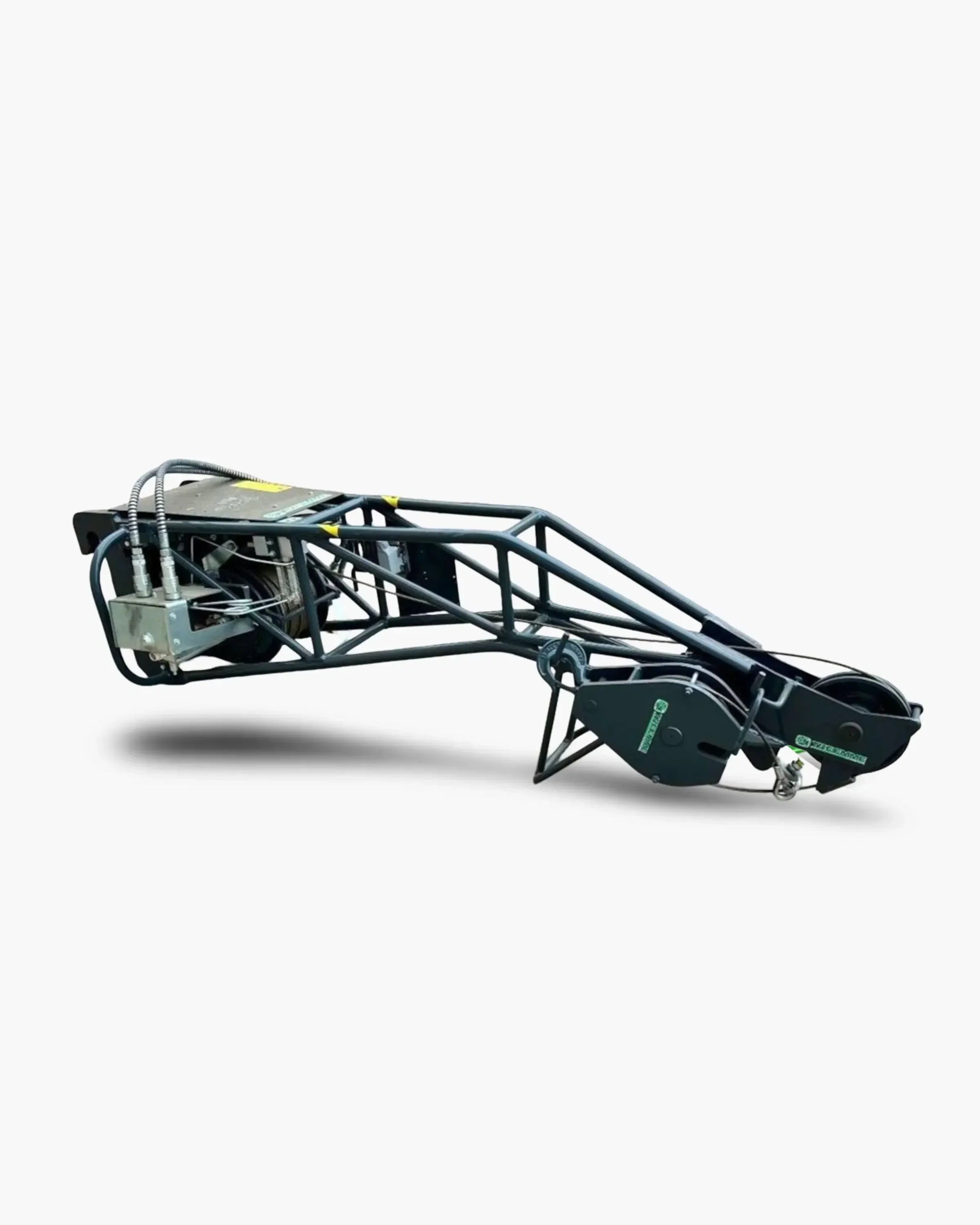

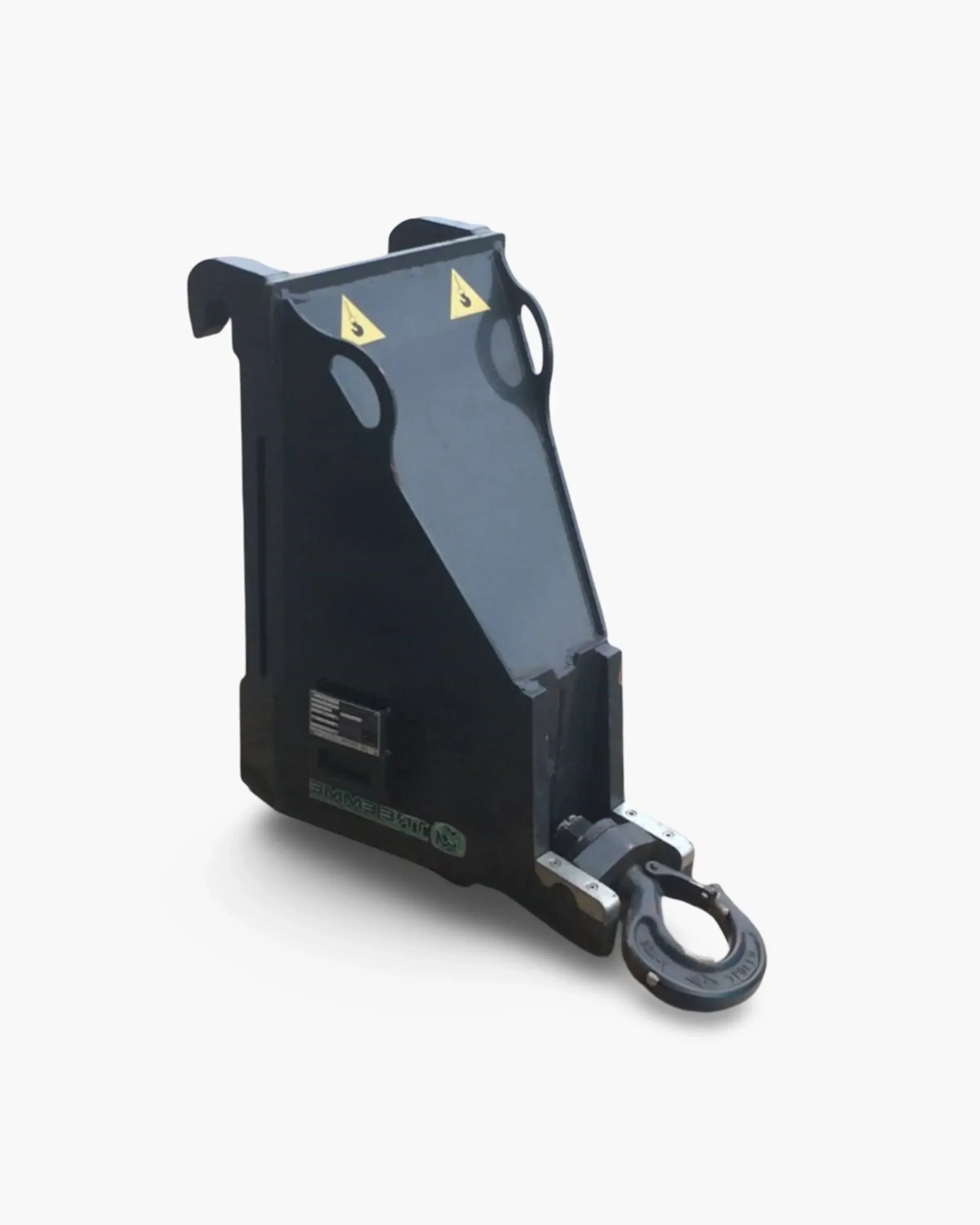
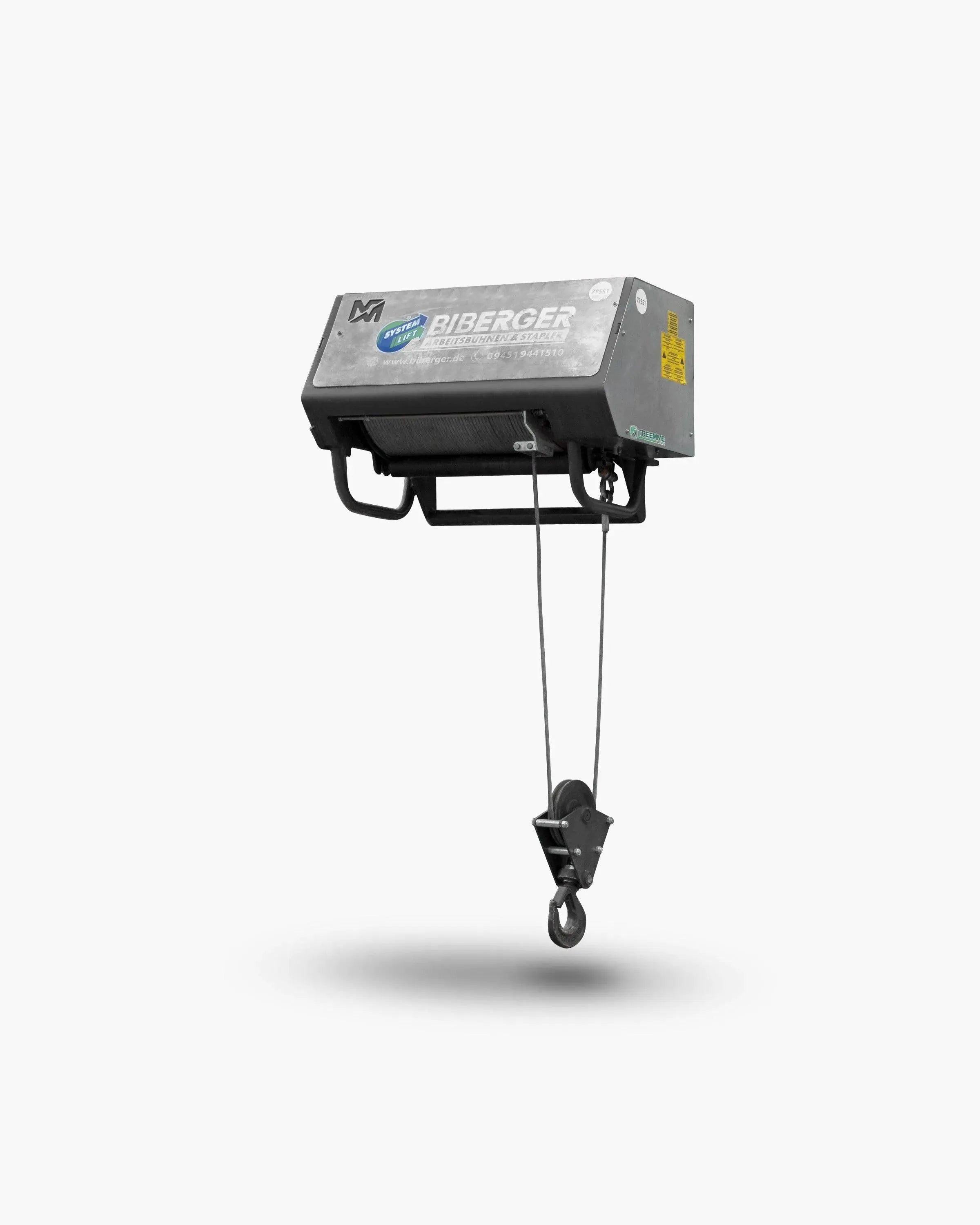
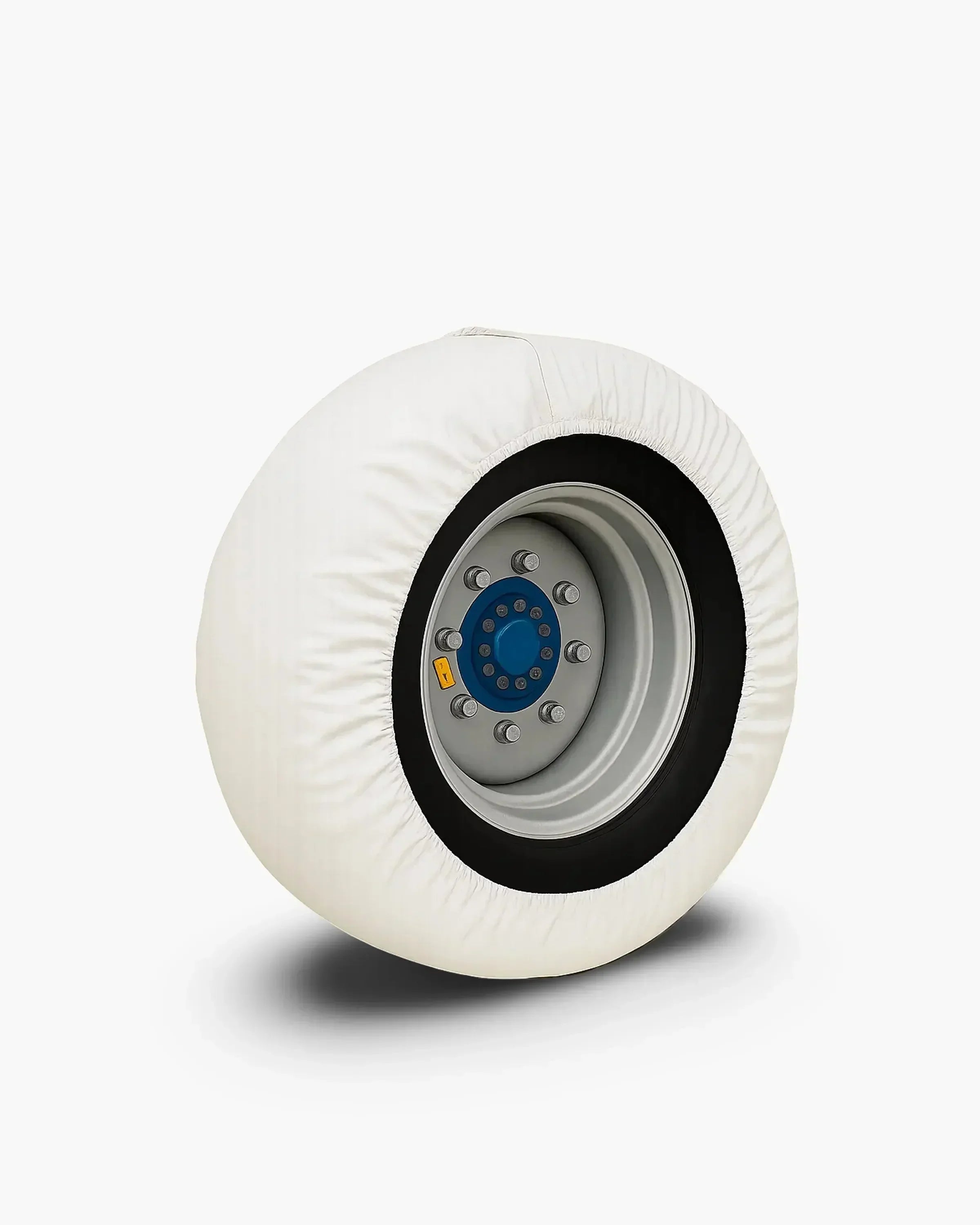


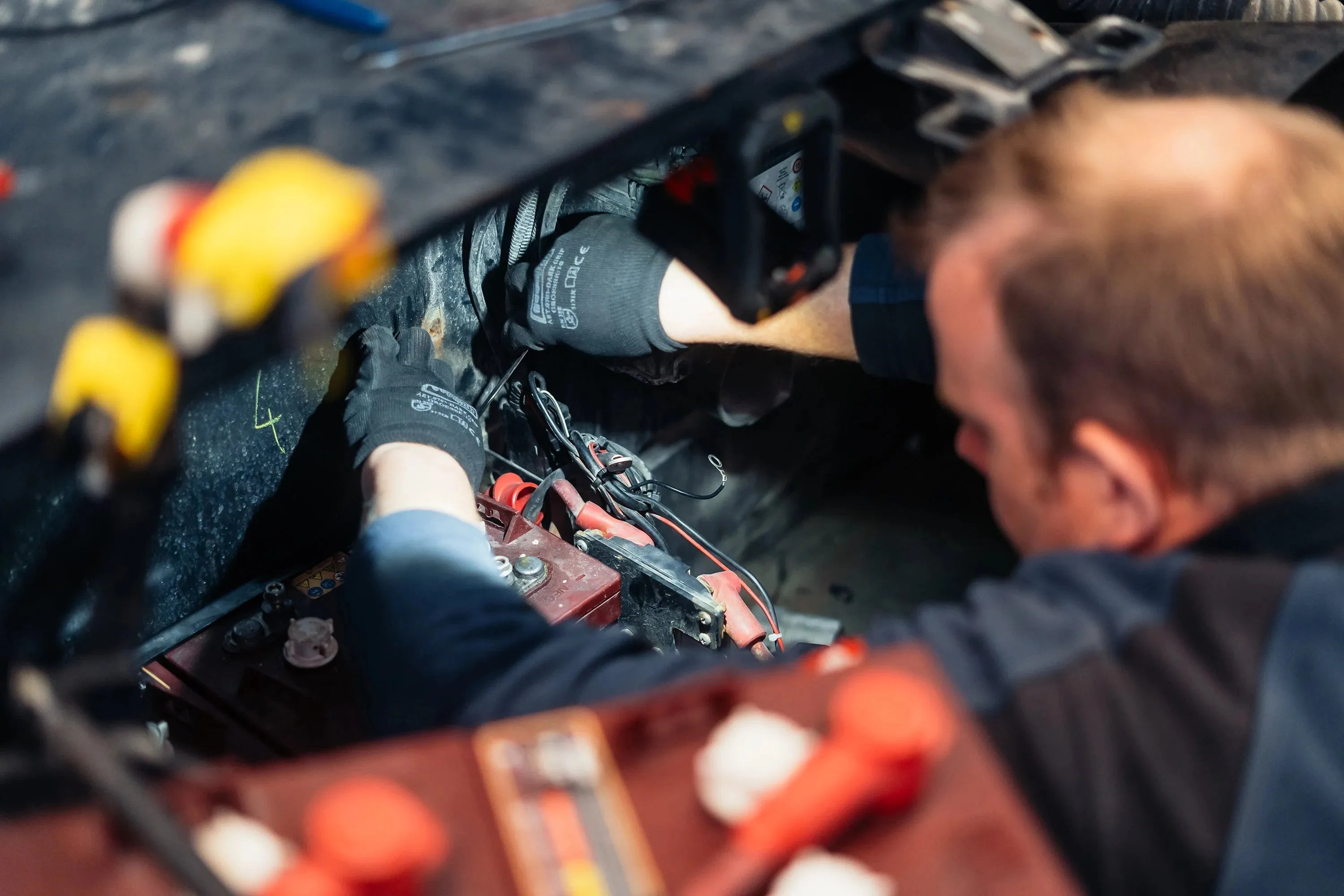

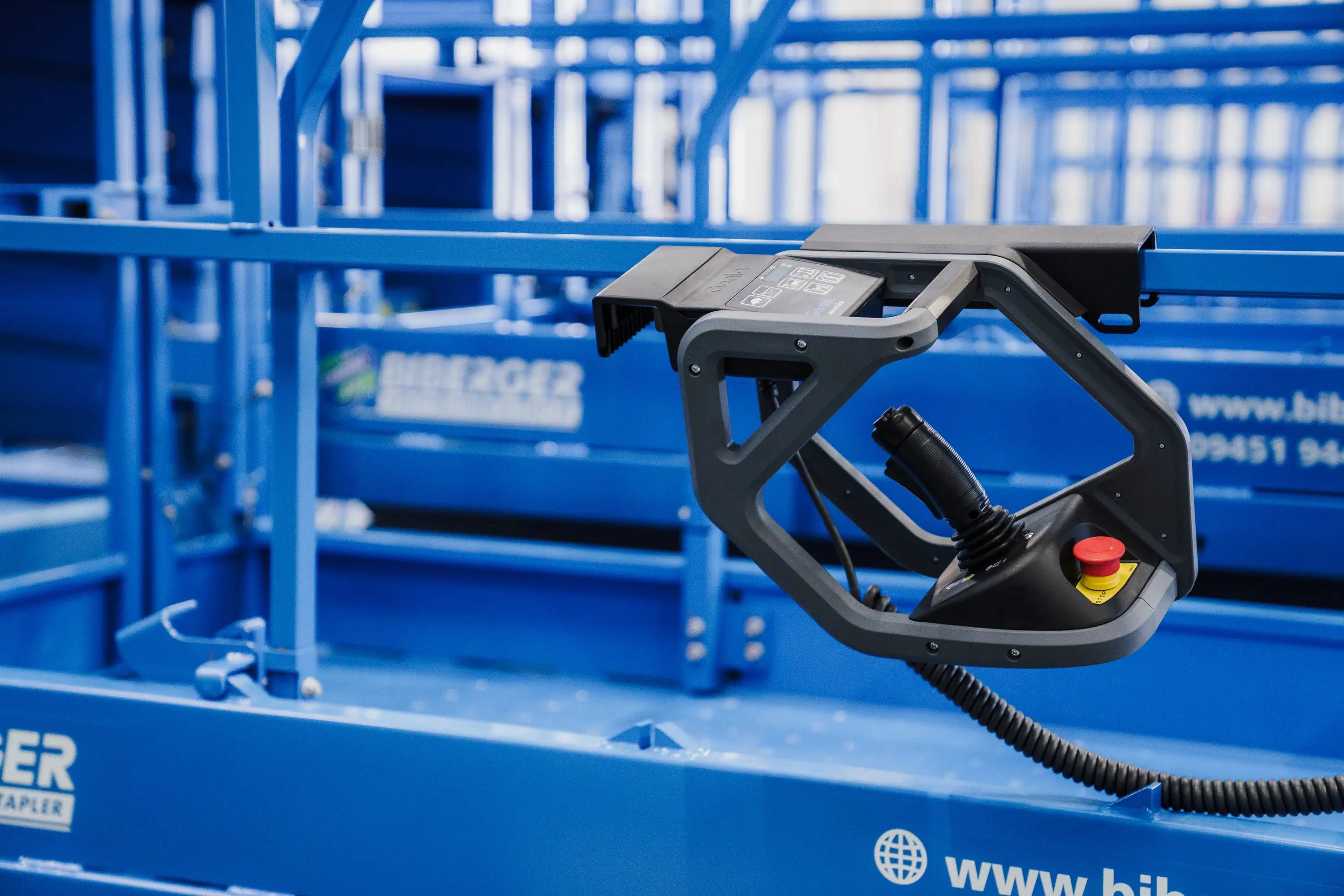
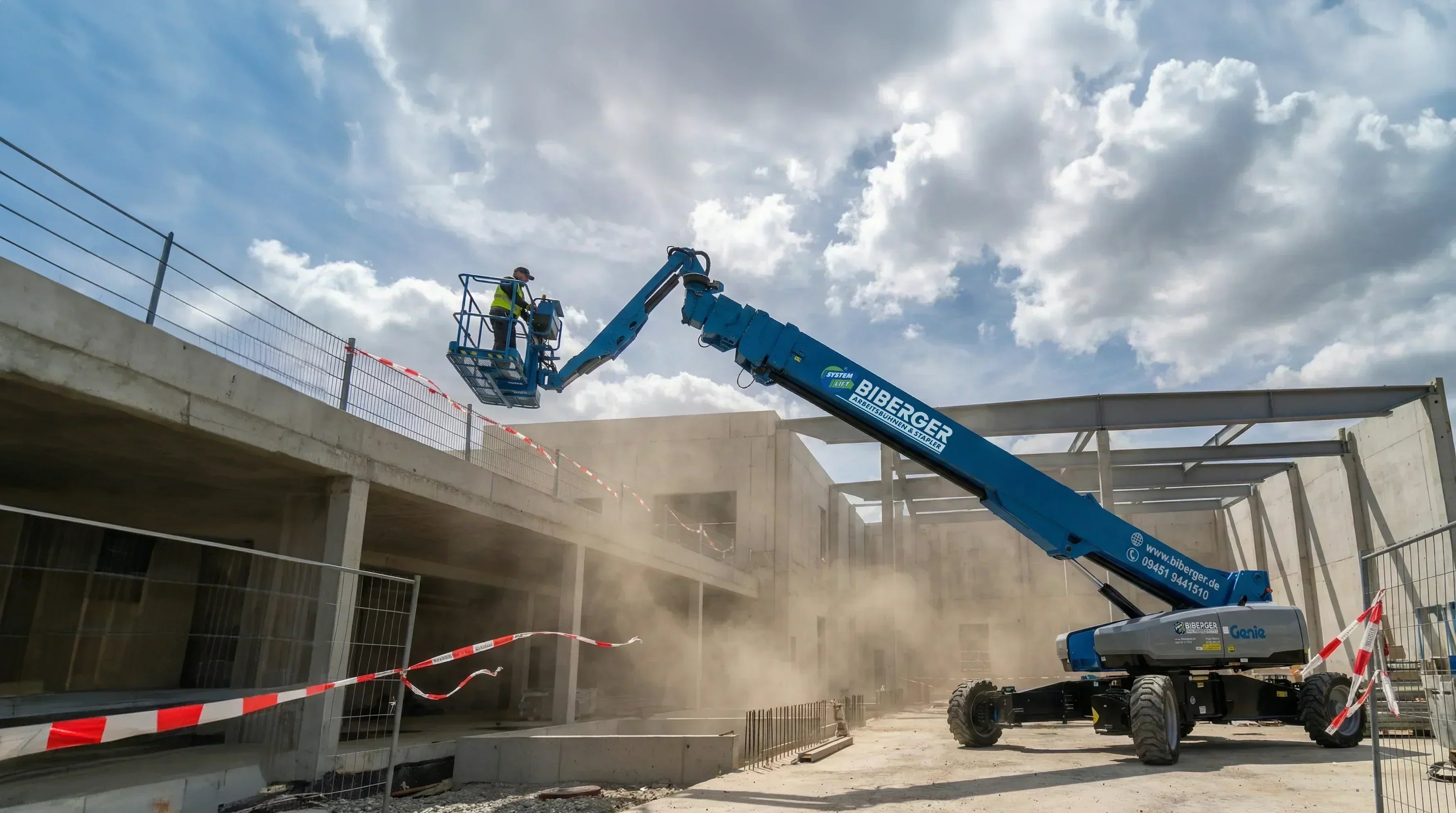
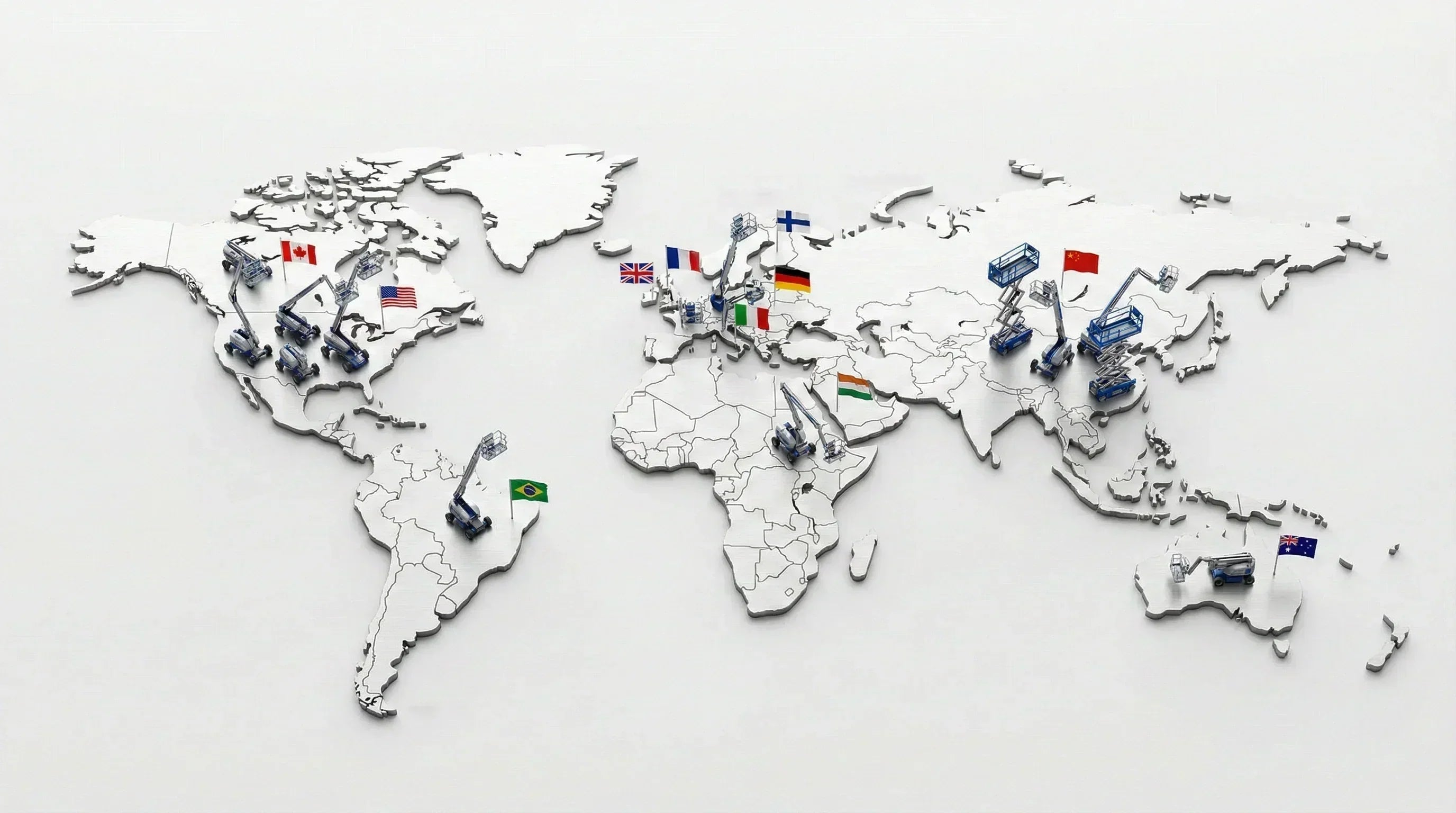
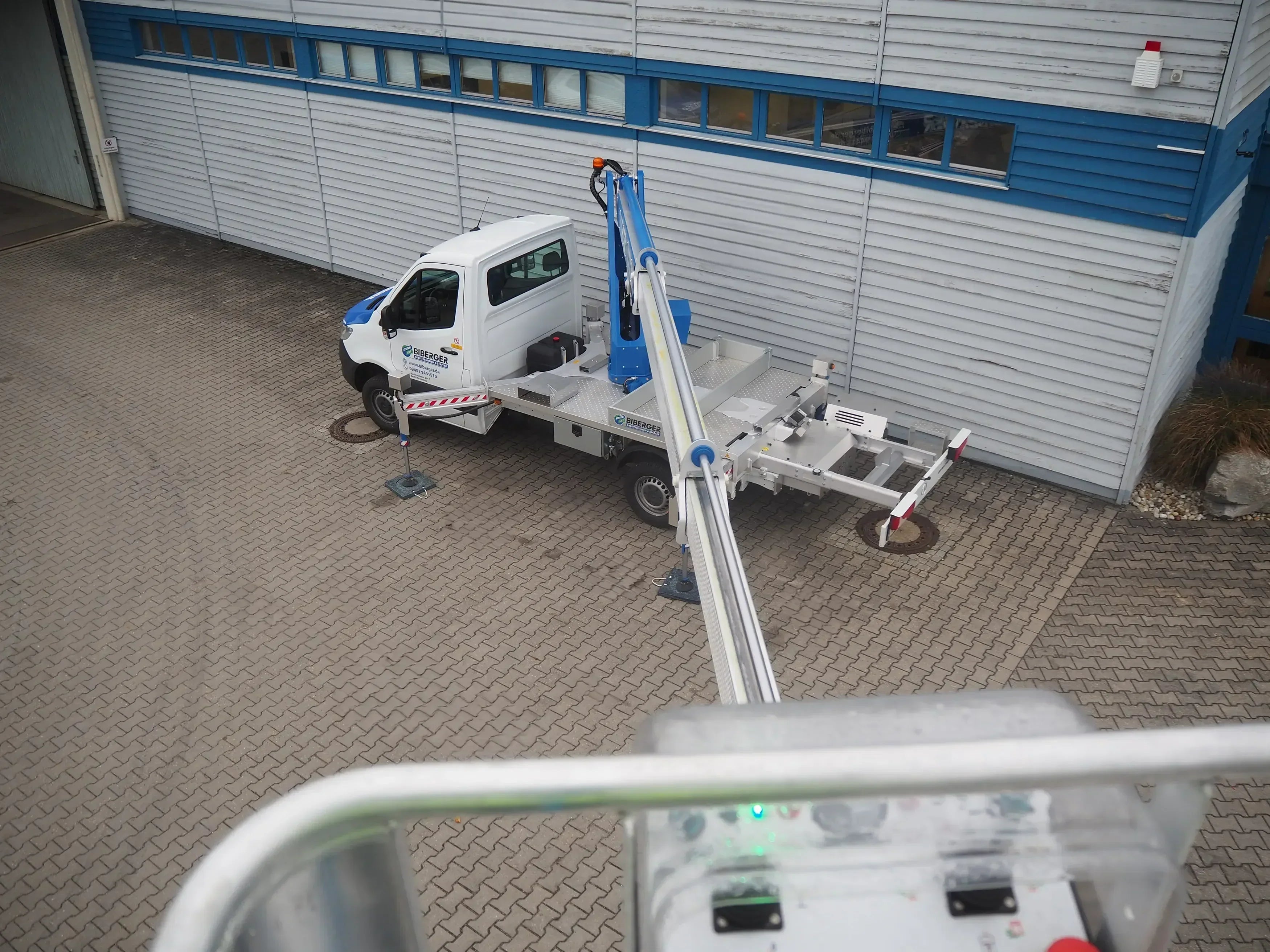
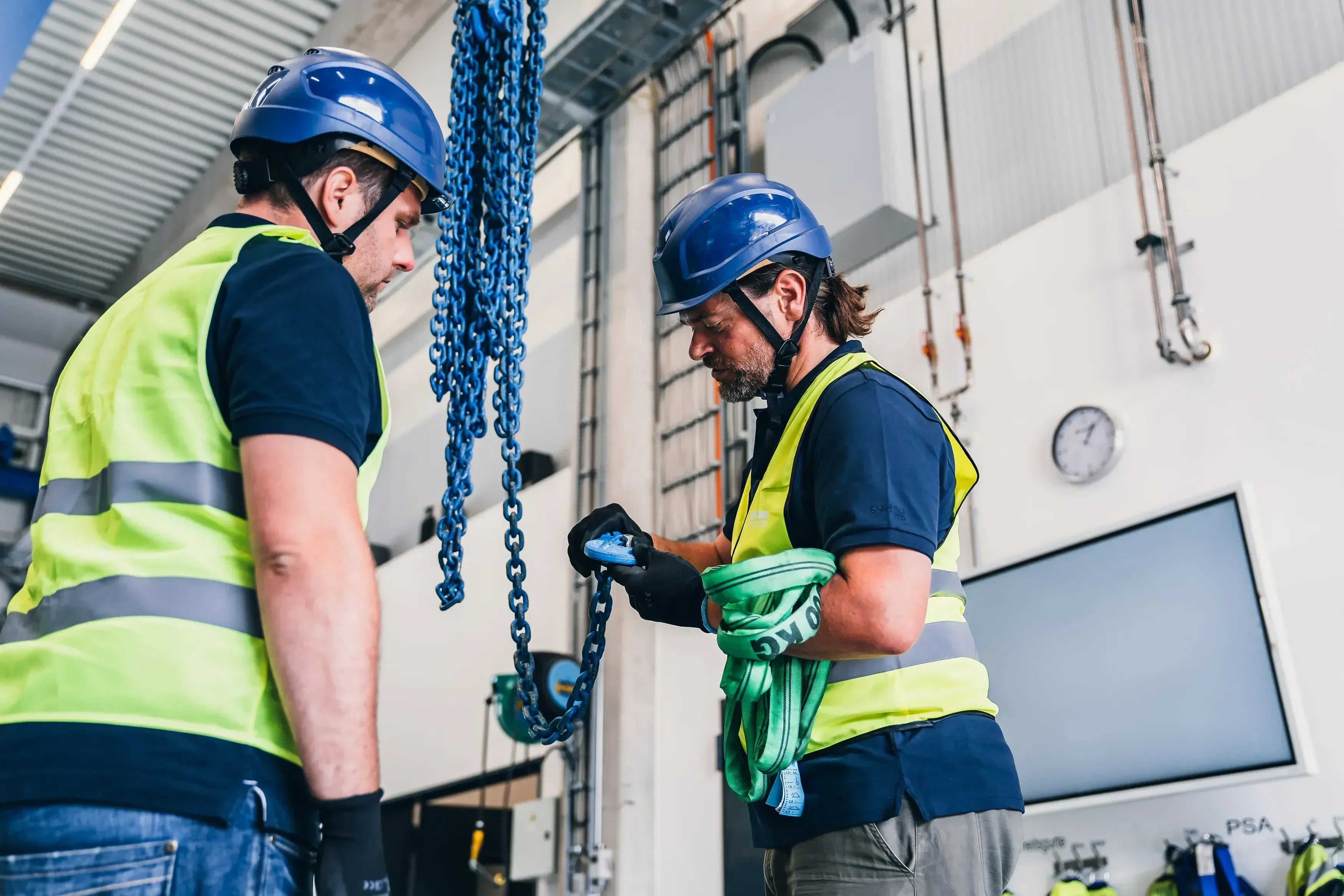
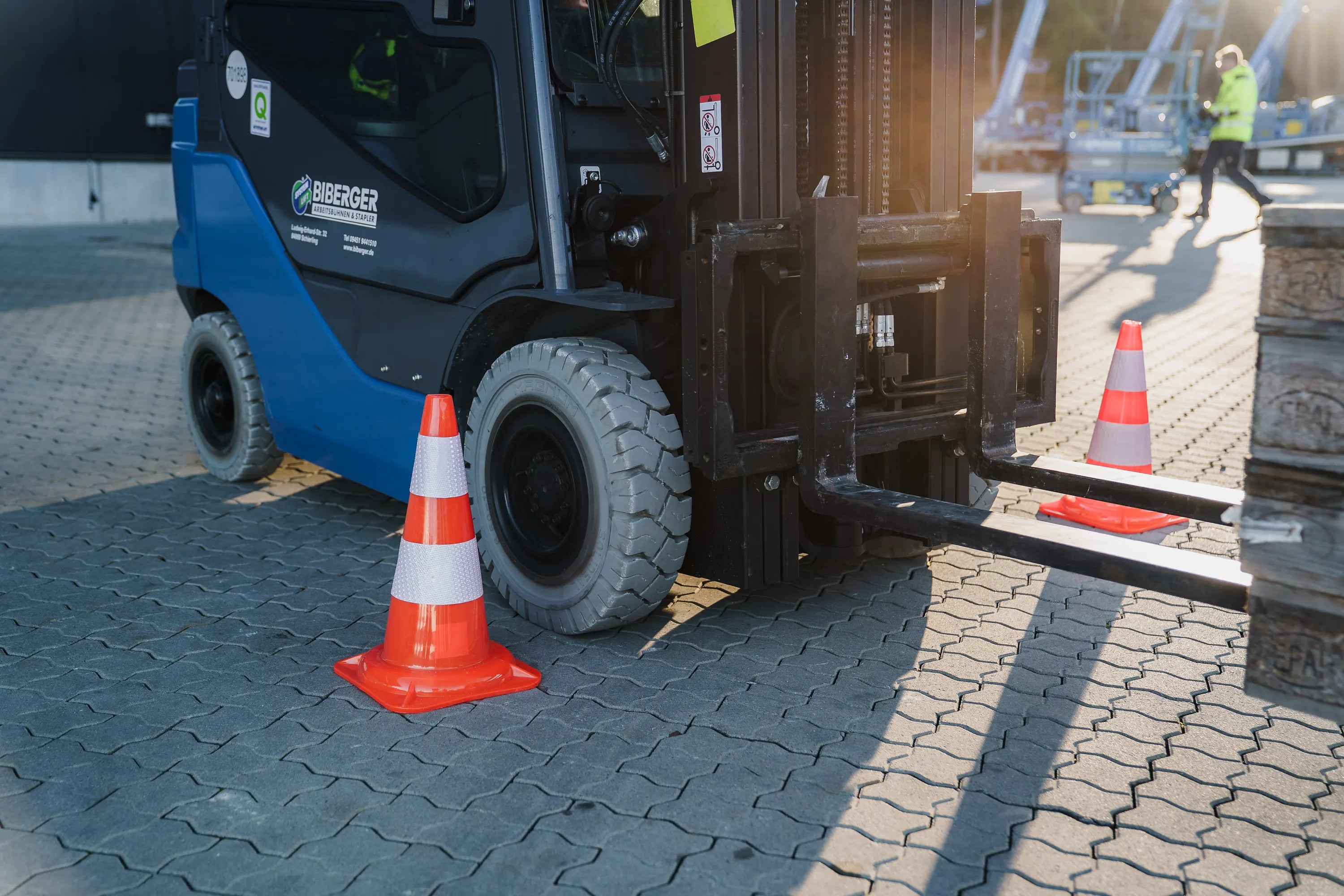
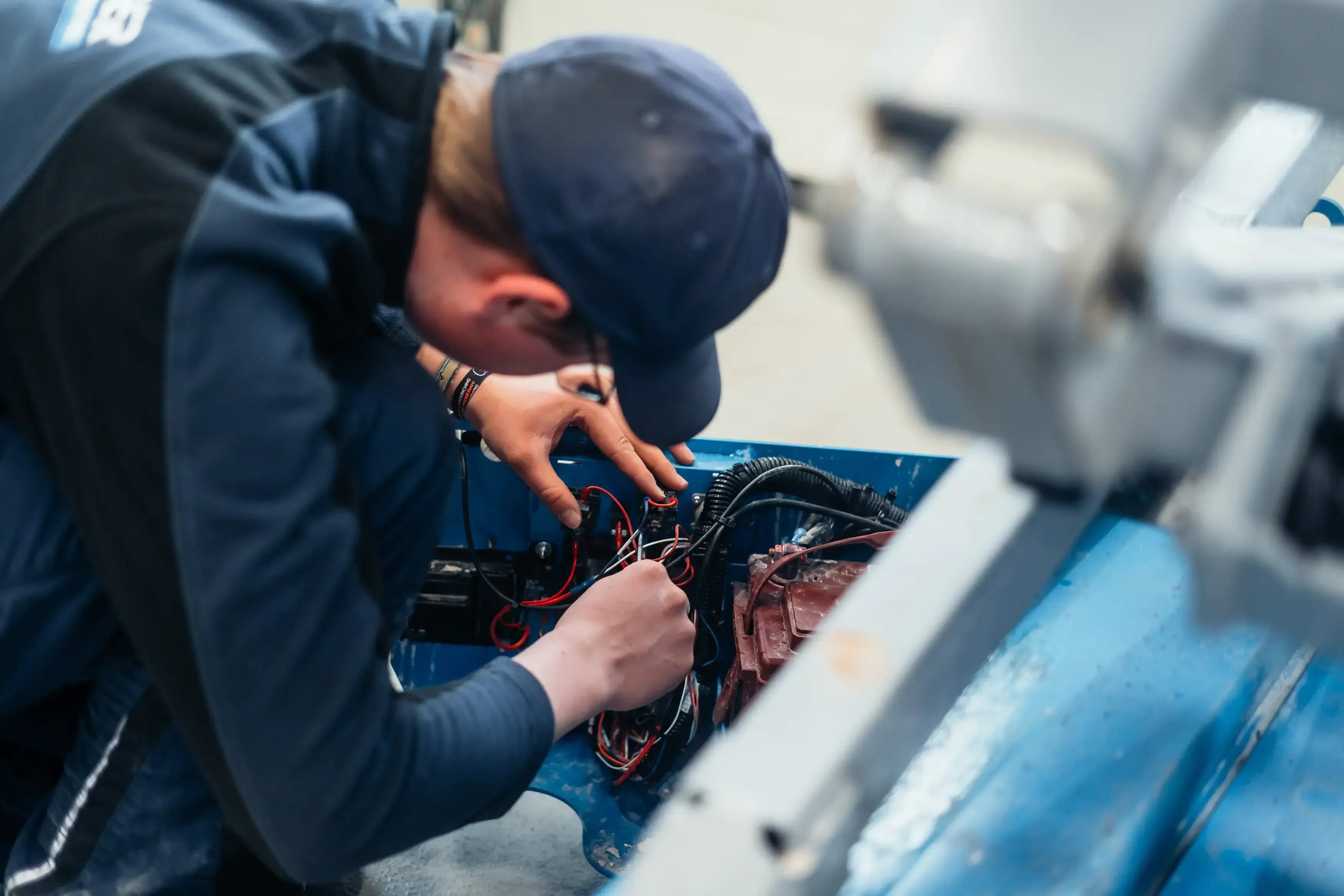
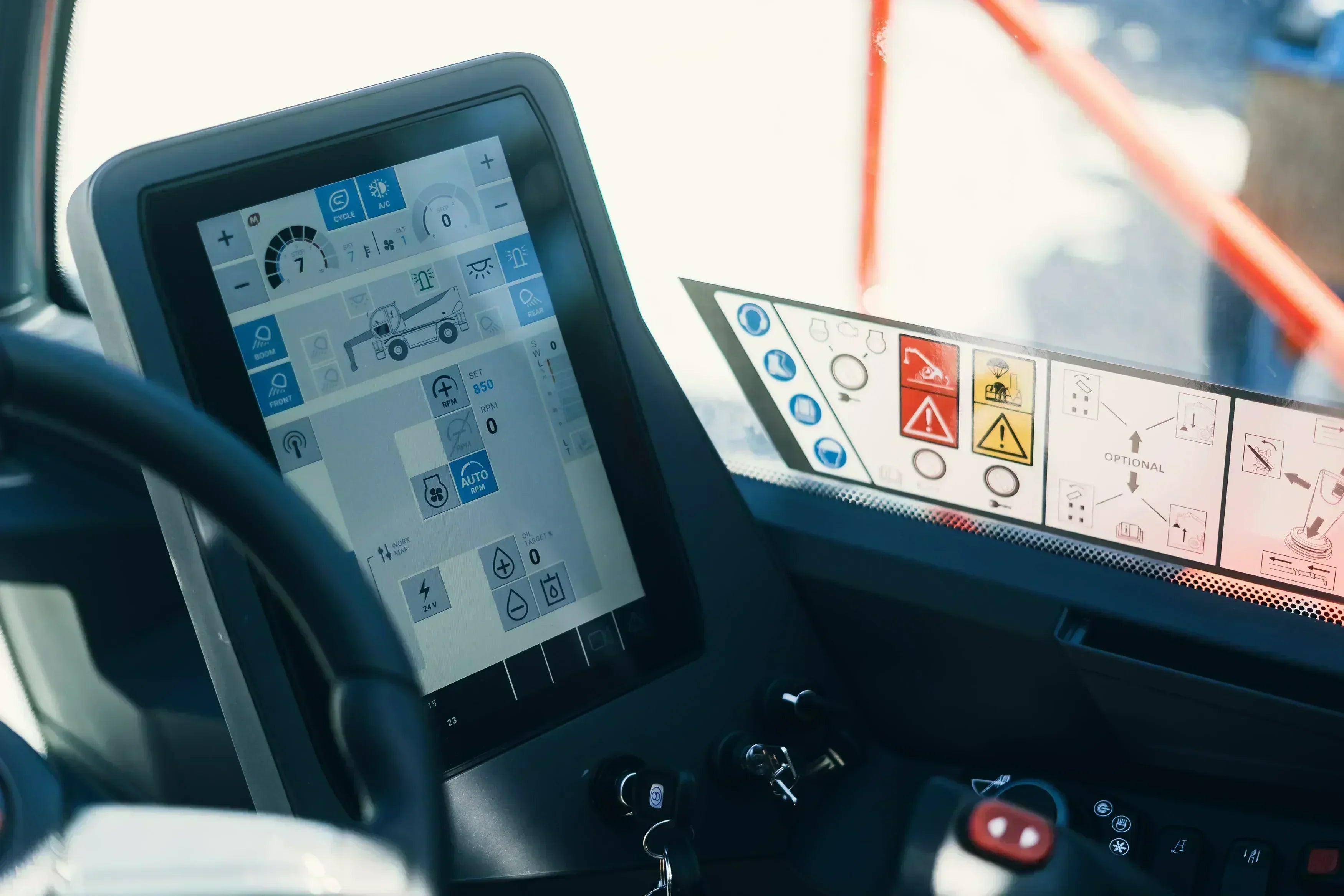






Share:
All information about the Genie SX 180 telescopic boom lift – extremely high, extremely efficient
Forklifts: Diesel or electric forklifts: Which drive is better?
Our editorial quality standards
The subject content on biberger.de are editorially created, reviewed, and continuously updated. The basis is our daily work with aerial platforms, telehandlers, and industrial trucks – in rental, sales, operational planning, and technical support.
Each article draws on real-world experience and is editorially reviewed for clarity, accuracy, and practical relevance according to expert criteria. Technical statements are regularly compared against current industry standards and best practices.
The aim of our publications is to make reliable specialist knowledge accessible and to offer guidance to users, decision-makers and industry partners. BIBERGER sees itself as an independent information platform for safe, economical and modern height access technology – well-founded, comprehensible and free from advertising influence.